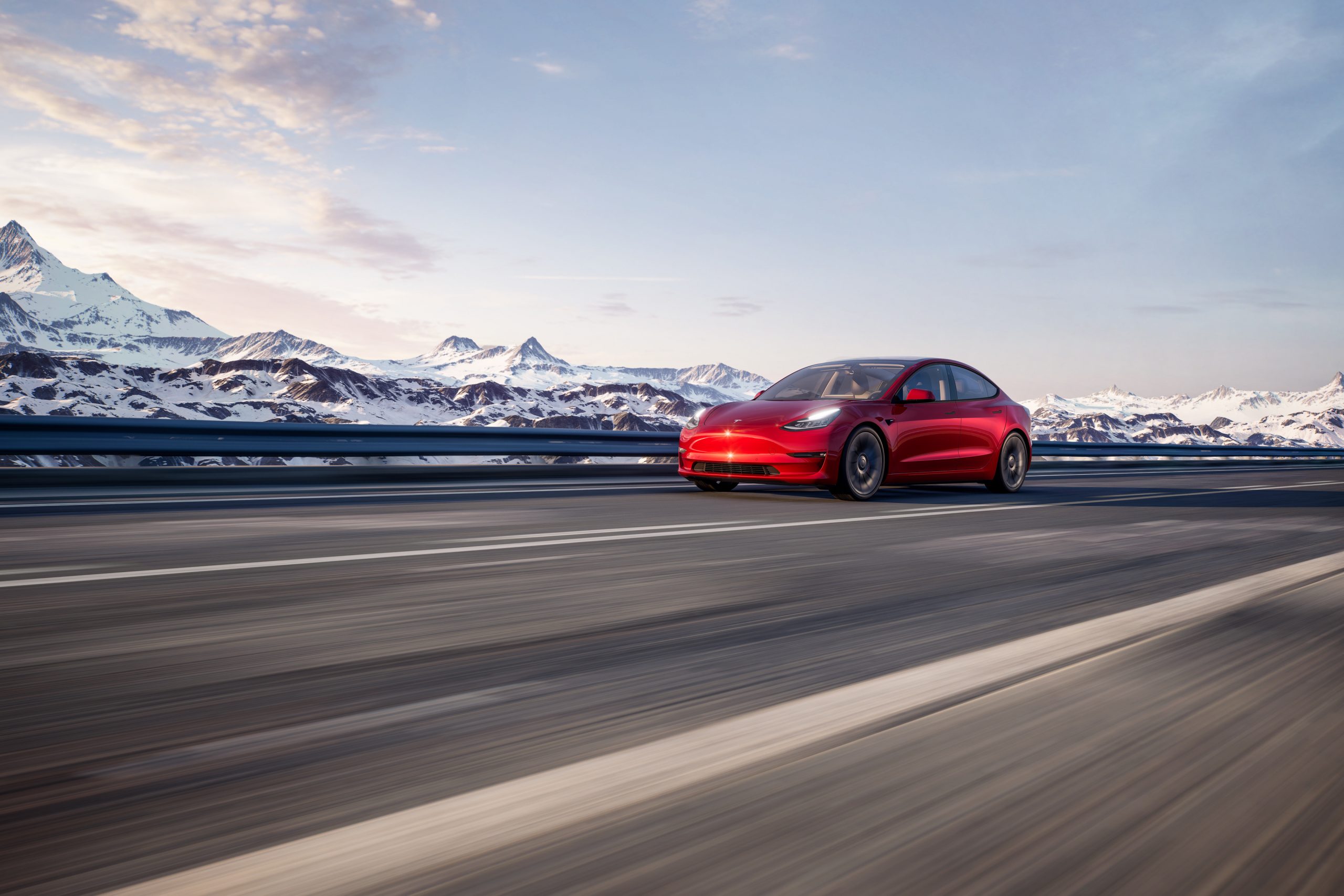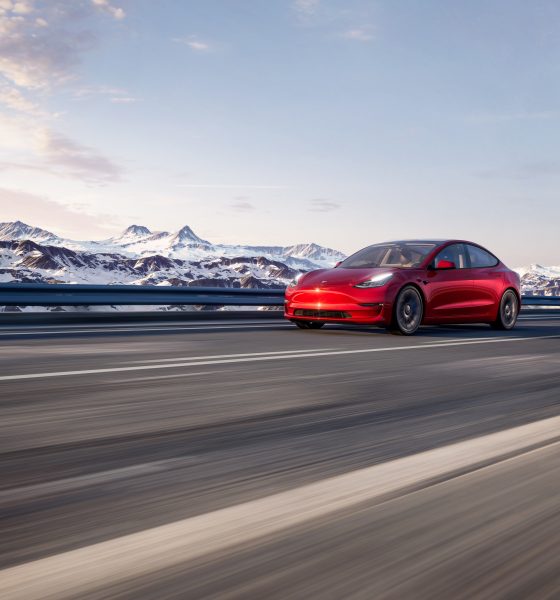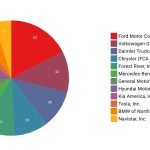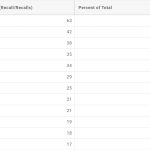Tesla has had nineteen total vehicle recalls in 2022, affecting 3,769,572 vehicles. While there are plenty of misconceptions and false information floating around about Tesla’s recalls population, there are plenty of truths to be told.
Automotive recalls can be put into effect for some of the most insignificant reasons, but vehicles are required to be as safe as possible and must abide by the NHTSA’s rigorous standards. The goal of the agency is to protect consumers by holding manufacturers accountable, and while recalls are pushed every day, Tesla’s are undoubtedly a focus of media as the company fends off many of the mistakes with software updates.
However, some instances require owners to bring vehicles into a Service Center for repair. This happens less often to Teslas, as many issues can be fixed through a simple firmware download while an owner sleeps.
That still does not stop the narrative regarding Tesla and many other EV makers and nearly-routine OTA updates to fix vehicle issues. Recall definitions have been questioned over the past few years as companies adopt a software-first mentality, contributing to the overall narrative of poor vehicle quality in EVs.
Tesla Recall Misconception #1: The Car Company with the Most Recalls? Not Quite.
Some relatively influential figures have said Tesla recalls cars more frequently than any other company on Earth, but that is not true.
Even with its most recent recall, which fixed over 300,000 cars with faulty tail lights, Tesla is not the most recalled automaker. The NHTSA currently lists Ford Motor Company as the most recalled automotive brand in 2022 thus far.
Ford has issued 63 recalls this year, affecting over 8,000,000 vehicles. This is 21 more recalls than Volkswagen, the automaker with the second-most for the year. VW’s recalls have affected less than 1,000,000 vehicles in the United States.
- NHTSA data
- NHTSA data
Tesla Recall Misconception #2: How many Tesla recalls actually require physical service?
Of Tesla’s 19 recalls in 2022, 12 were fixed through Over-the-Air software updates, which download and are installed automatically to fix any qualifying issue. Tesla has fixed everything from windshield defrosting issues, to rolling stops for Full Self-Driving, to delays in backup cameras with software updates.
Six of Tesla’s nineteen recalls in 2022 have required physical repairs from Tesla Service. In total, 31,427 cars have been affected by these types of recalls. That is less than 1 percent of Tesla’s total recall population for the year in the United States, NHTSA data shows.
The final recall was a vehicle replacement for a single Model X owner whose unit lacked a body structure reinforcement bracket in the second row of seating.
Tesla Recall Misconception #3: Over-the-Air Updates are not recalls
While the definition of a recall has been called into question by a number of notable people, including Tesla CEO Elon Musk, OTA updates do still qualify as recalls, technically.
The NHTSA gave more details to Teslarati in February about what qualifies as a vehicle recall. The agency said manufacturers must disclose an unreasonable safety risk to consumers, vehicle owners, dealers, and others when it is discovered. A recall qualifies as any unreasonable safety risk present in a vehicle, and if it is remedied in any way, even by a software update, it counts as a recall.
Recall definitions are highly controversial, with many notable Tesla community members making light of the situation.
I’d love to hear from you! If you have any comments, concerns, or questions, please email me at joey@teslarati.com. You can also reach me on Twitter @KlenderJoey, or if you have news tips, you can email us at tips@teslarati.com.
If you have any questions about Tesla recalls, be sure to reach out to me through email. I’ll do my best to clear up any confusion or concerns you might have.

Elon Musk
Elon Musk’s X will start using a Tesla-like software update strategy
The initiative seems designed to accelerate updates to the social media platform, while maintaining maximum transparency.

Elon Musk’s social media platform X will adopt a Tesla-esque approach to software updates for its algorithm.
The initiative seems designed to accelerate updates to the social media platform, while maintaining maximum transparency.
X’s updates to its updates
As per Musk in a post on X, the social media company will be making a new algorithm to determine what organic and advertising posts are recommended to users. These updates would then be repeated every four weeks.
“We will make the new 𝕏 algorithm, including all code used to determine what organic and advertising posts are recommended to users, open source in 7 days. This will be repeated every 4 weeks, with comprehensive developer notes, to help you understand what changed,” Musk wrote in his post.
The initiative somewhat mirrors Tesla’s over-the-air update model, where vehicle software is regularly refined and pushed to users with detailed release notes. This should allow users to better understand the details of X’s every update and foster a healthy feedback loop for the social media platform.
xAI and X
X, formerly Twitter, has been acquired by Elon Musk’s artificial intelligence startup, xAI last year. Since then, xAI has seen a rapid rise in valuation. Following the company’s the company’s upsized $20 billion Series E funding round, estimates now suggest that xAI is worth tens about $230 to $235 billion. That’s several times larger than Tesla when Elon Musk received his controversial 2018 CEO Performance Award.
As per xAI, the Series E funding round attracted a diverse group of investors, including Valor Equity Partners, Stepstone Group, Fidelity Management & Research Company, Qatar Investment Authority, MGX, and Baron Capital Group, among others. Strategic partners NVIDIA and Cisco Investments also continued support for building the world’s largest GPU clusters.
News
Tesla FSD Supervised wins MotorTrend’s Best Driver Assistance Award
The decision marks a notable reversal for the publication from prior years, with judges citing major real-world improvements that pushed Tesla’s latest FSD software ahead of every competing ADAS system.

Tesla’s Full Self-Driving (Supervised) system has been named the best driver-assistance technology on the market, earning top honors at the 2026 MotorTrend Best Tech Awards.
The decision marks a notable reversal for the publication from prior years, with judges citing major real-world improvements that pushed Tesla’s latest FSD software ahead of every competing ADAS system. And it wasn’t even close.
MotorTrend reverses course
MotorTrend awarded Tesla FSD (Supervised) its 2026 Best Tech Driver Assistance title after extensive testing of the latest v14 software. The publication acknowledged that it had previously criticized earlier versions of FSD for erratic behavior and near-miss incidents, ultimately favoring rivals such as GM’s Super Cruise in earlier evaluations.
According to MotorTrend, the newest iteration of FSD resolved many of those shortcomings. Testers said v14 showed far smoother behavior in complex urban scenarios, including unprotected left turns, traffic circles, emergency vehicles, and dense city streets. While the system still requires constant driver supervision, judges concluded that no other advanced driver-assistance system currently matches its breadth of capability.
Unlike rival systems that rely on combinations of cameras, radar, lidar, and mapped highways, Tesla’s FSD operates using a camera-only approach and is capable of driving on city streets, rural roads, and freeways. MotorTrend stated that pure utility, the ability to handle nearly all road types, ultimately separated FSD from competitors like Ford BlueCruise, GM Super Cruise, and BMW’s Highway Assistant.
High cost and high capability
MotorTrend also addressed FSD’s pricing, which remains significantly higher than rival systems. Tesla currently charges $8,000 for a one-time purchase or $99 per month for a subscription, compared with far lower upfront and subscription costs from other automakers. The publication noted that the premium is justified given FSD’s unmatched scope and continuous software evolution.
Safety remained a central focus of the evaluation. While testers reported collision-free operation over thousands of miles, they noted ongoing concerns around FSD’s configurable driving modes, including options that allow aggressive driving and speeds beyond posted limits. MotorTrend emphasized that, like all Level 2 systems, FSD still depends on a fully attentive human driver at all times.
Despite those caveats, the publication concluded that Tesla’s rapid software progress fundamentally reshaped the competitive landscape. For drivers seeking the most capable hands-on driver-assistance system available today, MotorTrend concluded Tesla FSD (Supervised) now stands alone at the top.
News
Elon Musk’s Grokipedia surges to 5.6M articles, almost 79% of English Wikipedia
The explosive growth marks a major milestone for the AI-powered online encyclopedia, which was launched by Elon Musk’s xAI just months ago.

Elon Musk’s Grokipedia has grown to an impressive 5,615,201 articles as of today, closing in on 79% of the English Wikipedia’s current total of 7,119,376 articles.
The explosive growth marks a major milestone for the AI-powered online encyclopedia, which was launched by Elon Musk’s xAI just months ago. Needless to say, it would only be a matter of time before Grokipedia exceeds English Wikipedia in sheer volume.
Grokipedia’s rapid growth
xAI’s vision for Grokipedia emphasizes neutrality, while Grok’s reasoning capabilities allow for fast drafting and fact-checking. When Elon Musk announced the initiative in late September 2025, he noted that Grokipedia would be an improvement to Wikipedia because it would be designed to avoid bias.
At the time, Musk noted that Grokipedia “is a necessary step towards the xAI goal of understanding the Universe.”
Grokipedia was launched in late October, and while xAI was careful to list it only as Version 0.1 at the time, the online encyclopedia immediately earned praise. Wikipedia co-founder Larry Sanger highlighted the project’s innovative approach, noting how it leverages AI to fill knowledge gaps and enable rapid updates. Netizens also observed how Grokipedia tends to present articles in a more objective manner compared to Wikipedia, which is edited by humans.
Elon Musk’s ambitious plans
With 5,615,201 total articles, Grokipedia has now grown to almost 79% of English Wikipedia’s article base. This is incredibly quick, though Grokipedia remains text-only for now. xAI, for its part, has now updated the online encyclopedia’s iteration to v0.2.
Elon Musk has shared bold ideas for Grokipedia, including sending a record of the entire knowledge base to space as part of xAI’s mission to preserve and expand human understanding. At some point, Musk stated that Grokipedia will be renamed to Encyclopedia Galactica, and it will be sent to the cosmos.
“When Grokipedia is good enough (long way to go), we will change the name to Encyclopedia Galactica. It will be an open source distillation of all knowledge, including audio, images and video. Join xAI to help build the sci-fi version of the Library of Alexandria!” Musk wrote, adding in a later post that “Copies will be etched in stone and sent to the Moon, Mars and beyond. This time, it will not be lost.”












